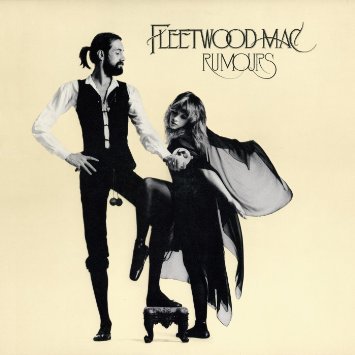More about VINYL & AUDIO
Vinyl & Audio. Although the albums and singles of the past are now to be considered extinct dinosaurs by some, the real experts in audio know better.
It's back from the
past: the L.P. Rumors that the old vinyl record is completely
extinct are realy exaggerated. In fact, the album is still
alive and is now, thanks to the internet on the rise again and
ready for a second life. Even though we got the CD, internet and
mp3, the long-playing record still survives.
Nostalgic feelings for the warm sound of vinyl? The
demand for the old vinyl rises and rises. Interestingly, the
black disk also enjoys renewed interest by fans of rock and pop
music. Some audio enthusiasts even claim that, although an LP is
much more vulnerable than a CD, the sound quality of vinyl is still
better.

A long-playing
record, also called vinyl record or album, but
most often reffered to as LP is a vinyl record of 30
cm (12 ") in diameter. This provides space on each side for 20
to 30 minutes of music. The LP was introduced in 1948 by Columbia
Records. Since 1990, the LP has been largely replaced by the
compact disc, although some artists still release their music only
on LP. Most of the LPs are to be spun down at 33⅓ rotations per
minute (rpm).
Nowadays the
album is related to other music players seldom sold, but
yet still millions of LPs are being made. Long
after the vinyl record was declared dead, as in the mid-90s,
the vinyl was kept alive by the dance DJs. They can do more tricks
with an LP than for example with a CD.
The 7"Single. Next to
the Longplay record RCA came up with a 45-rpm record
of 17.5 cm (7 "), which became known as singles. They were
originally designed for use with a record disc changer. They
had a bigger hole in the middle, so there would be room
enough for the changing mechanism. These records were
originally supplied with a removable insert piece, so they could
also be played on a turntable with a small shaft. Later, a pre-cut
part could be broken for use with a record disc
changer.
 A single is a record which contains just
only one or two songs from an artist or band. It is the
cheaper version of an album. However, the single term is more often
used to refer to a single track on an album which will be released
separately to promote an album. Because singles are playable
on two sides, there is an A and a B-side. The A side contains the
number that was considered to have hit potential. The B-side (also
called the flip side) usually contains a number of lower quality,
since the plate simply must have a B-side. However, there may be a
single with 'two A-sides', so there were two catchy tracks.
Singles can be played on record players (pick-ups) and usually
run at a speed of 45 rpm (45 rpm).
A single is a record which contains just
only one or two songs from an artist or band. It is the
cheaper version of an album. However, the single term is more often
used to refer to a single track on an album which will be released
separately to promote an album. Because singles are playable
on two sides, there is an A and a B-side. The A side contains the
number that was considered to have hit potential. The B-side (also
called the flip side) usually contains a number of lower quality,
since the plate simply must have a B-side. However, there may be a
single with 'two A-sides', so there were two catchy tracks.
Singles can be played on record players (pick-ups) and usually
run at a speed of 45 rpm (45 rpm).
The most popular singles are found in so-called hit charts.
A 12-inch is a vinyl single on
longplay-record format, in which each side usually contains
one song. Because there is more room for the course of the grooves
and they are played at 45 rpm, a groove loop can be created to
give the sound a greater dynamic range and a to achieve a
wider frequencyrange. 12-inches were during the rise of disco
popular among disc jockeys in nightclubs, who were asking for
longer versions of disco hits.
Examples of the development of longer versions in the seventies:
'Love to Love You Baby' by Donna Summer in a 16 minute version and
the album 'Never Can Say Goodbye' by Gloria Gaynor, on
which the numbers were even mixed together. In the late
70's the 12-inch became more and more popular: no longer was the
12-inch size reserved for disco artists, witnessed the disco mixes
'Miss you' by the Rolling Stones, 'Da ya think I'm sexy' by
Rod Stewart and 'I was made for loving you' performed by Kiss.
This trend continued into the 80s, where it became rule rather
than the exception that 12-inch singles were being released
by pop and rock artists.
Most Popular Song Each Month in the 70s



















